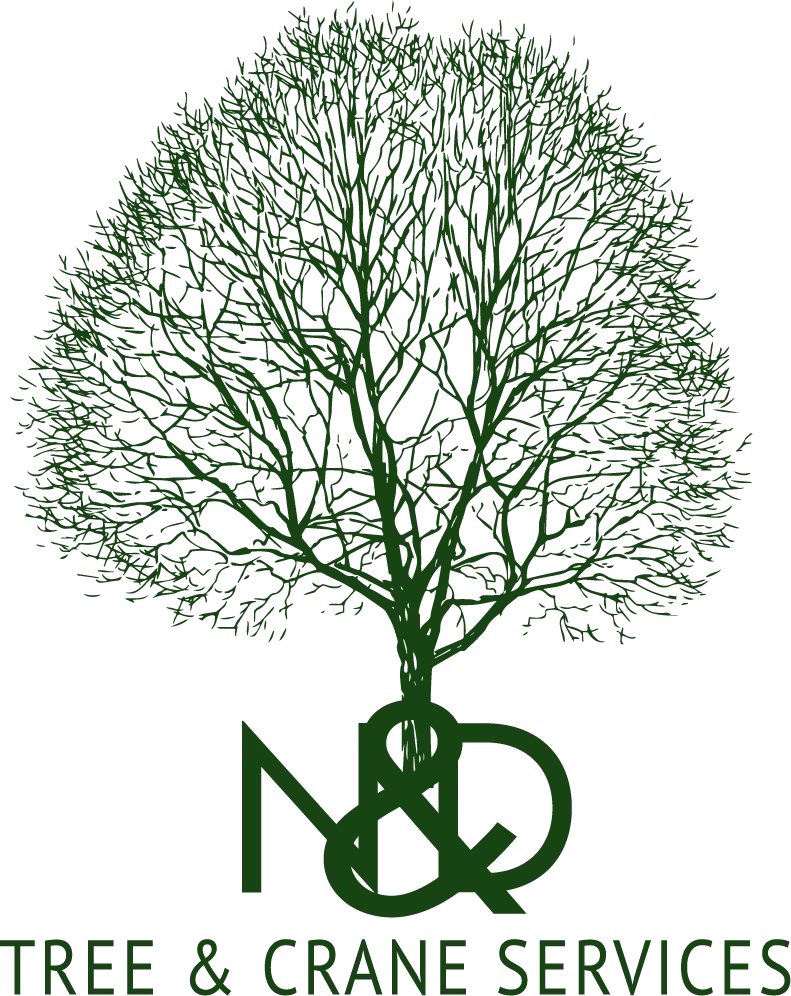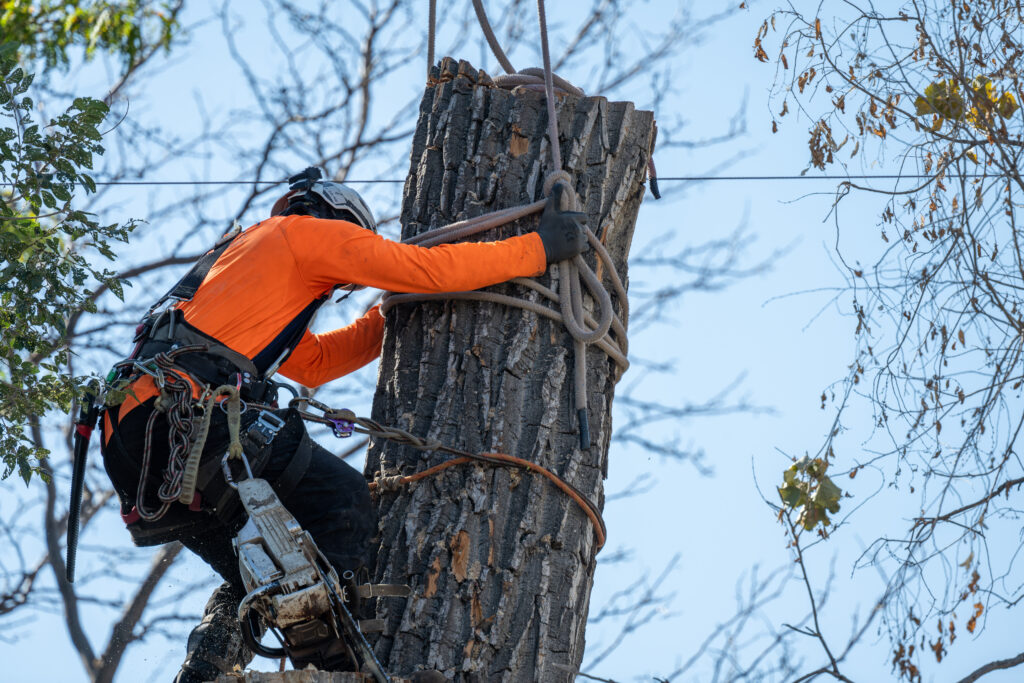Is Your Tree a Hazard? How to Spot the Warning Signs of a Dangerous Tree
The mature trees that grace our properties in Parker and across the Colorado Front Range are invaluable assets. They are landmarks of shade, beauty, and history. However, under certain conditions, these same trees can become significant liabilities. A tree is not only a plant; it’s a massive, living structure subject to stress, disease, and the forces of nature. Recognizing when a tree has shifted from an asset to a potential hazard is one of the most critical skills a homeowner can develop.
At N&D Tree & Crane Services, our entire approach to tree care is rooted in safety and proactive management. This guide, written from the perspective of our ISA Certified Arborists, will teach you how to perform a basic visual inspection of your trees. It will help you identify the common warning signs that indicate a tree may be structurally compromised and in need of a professional risk assessment.
The Arborist’s Formula for Risk
In professional arboriculture, a “hazard tree” has a very specific definition. It’s not just any tree; it’s a tree that meets two distinct criteria:
Criteria #1: It has a defect or condition that makes it likely to fail (e.g., a large dead branch, a cracked trunk, or root decay).
Criteria #2: It has a target within its fall zone (e.g., your house, a driveway, a play area, or a public sidewalk).
A dead tree in the middle of a dense forest with nothing around it is a failure waiting to happen, but it isn’t technically a hazard. That same tree standing next to your home is a critical risk. Understanding this formula, Defect + Target = Hazard, is the first step in learning to see your landscape through the eyes of a safety professional.
Your Ground-Up Inspection: Key Warning Signs to Look For
While a full diagnosis requires the trained eye of an expert, any homeowner can learn to spot major red flags. When you walk your property, look at your trees from the ground up.
At the Base and Roots
The stability of the entire tree starts here. Problems at the base are often the most critical.
On the Trunk
The trunk is the tree’s main support column. Look for any signs of weakness.
In the Canopy
Problems in the upper part of the tree are the most common hazards to people and property.
Why a Green Canopy Can Be Deceiving
One of the most dangerous misconceptions a homeowner can have is assuming that “if it has green leaves, the tree is fine.” A tree can have a full, vibrant canopy and still be critically unsafe. Many forms of internal trunk rot or root decay do not immediately impact the foliage. The tree may appear healthy while its structural support system is silently wasting away, making a sudden, catastrophic failure possible in the next storm. This is why a professional assessment looks beyond the leaves to the structure itself.
The Professional’s Role: Moving from Observation to Action
This guide is intended to help you spot potential problems, but it is not a substitute for a formal Tree Risk Assessment. An ISA Board Certified Master Arborist has the advanced training and experience to evaluate these warning signs, assess the degree of risk, and determine the safest path forward. A professional assessment may reveal that a tree is safer than it appears, or it could confirm a critical hazard that requires immediate action.
When a tree is determined to be an unacceptable risk, its safe removal becomes paramount. This is where the expertise of a TCIA Certified Treecare Safety Professional and a NCCCO Certified Crane Operator becomes essential. We can plan and execute the removal of even the most hazardous and difficult-to-access trees with precision, ensuring the safety of our crew and your property.
Don’t wait for a storm to reveal a problem that was there all along. If you see any of the warning signs discussed here, or if you simply have a tree you’re concerned about, take the proactive step. Contact N&D Tree & Crane Services today for a professional consultation.


